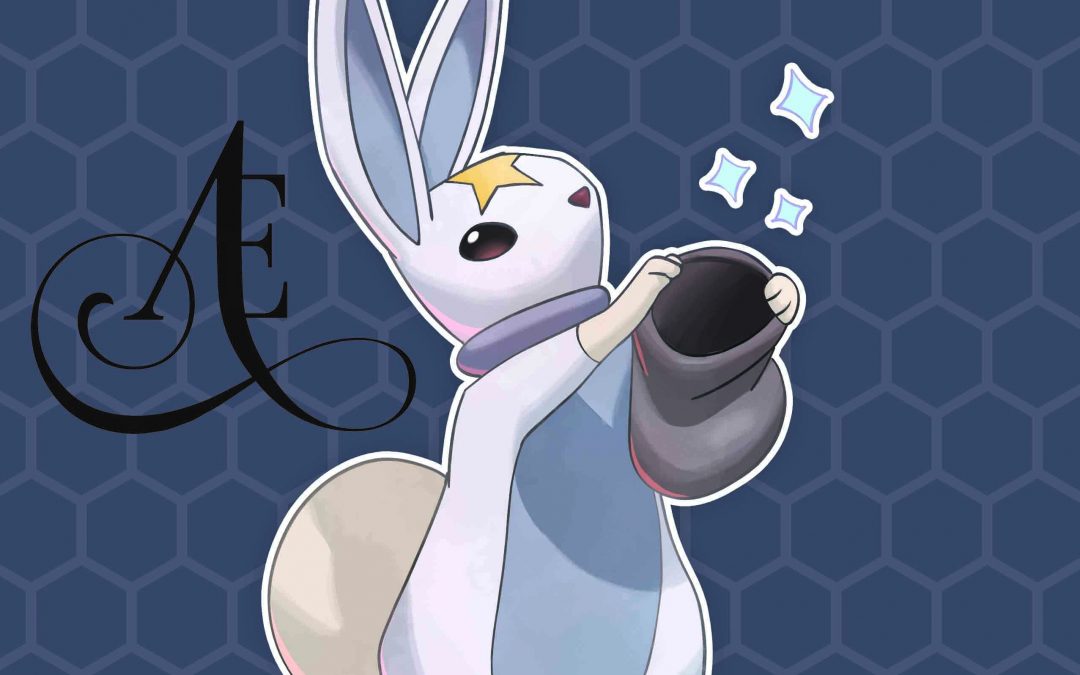Why isn’t there a good pokemon board game?
There should be a great Pokemon Board game.
Pokemon Go has been downloaded 1 billion times; meanwhile, the tabletop games industry is seeing about 10% growth per year. However, fans have been left waiting.
History of Pokemon and Tabletop games
Pokemon has launched a wildly successful trading card game. The collectible element resonated perfectly with the franchise’s “Gotta catch ‘em all” mantra. But Pokemon has a more spotty history with traditional board games.
The 1999 Pokemon Master Trainer series is remembered fondly by many, but never achieved critical acclaim or market penetration, struggling with a boardgamegeek rating of 5.8.
Nevertheless, the love for the Master Trainer series is evidenced by the multiple attempts to revive the games with “homebrew” variations.
The difference between Board Games and Video Games
Perhaps the greatest shortcoming of the Master Trainer series is its attempt to recreate the Pokemon handheld games in their entirety, without addressing the limitations of the board game medium.
Limited by the components that fit in a box, and restricted to only calculations that can be completed by hand – a game attempting to recreate the vast experience of pokemon will need to simplify the mechanics to the point they no longer serve their original purpose. Or inundate players with calculations and components that will reduce the experience to a crawl.
Nevertheless, the Master Trainer valiantly incorporates as many of Pokemon’s features into its game as possible, including: Trading, pokemon battles, collecting Pokemon, evolution lines, rivals, items, legendaries.
However, each feature is compromised to the point where they sometimes have an effect opposite to their original intent.
Consider the trading mechanic in Master Trainer. Trading in Pokemon was originally a prosocial feature that allowed players to share their Pokemon experience that benefited everyone involved. In Master Trainer, players can use a force trade mechanic to effectively rob an opponent of their best Pokemon – turning a co-operative mechanic into a competitive mechanic.
Focus on how Pokemon made players feel
Rather than try and perfectly imitate the video game, board game designers must take a lesson from the impressionist art movement of the 19th century.
Realising they could never compete with lifelike stills emerging from the new discipline of photography, the impressionists shifted their focus towards painting what the camera could not capture: colour, time, movement – how a scene made the beholder feel.
Similarly designers attempting to create a Pokemon board game cannot hope to recreate Pokemon… but they can instead recreate the way Pokemon makes a player feel.
With that goal clear, a pokemon themed board could be designed from the ground up to evoke that emotion, with mechanics appropriate for the medium.
How did Pokemon make you feel?
This is an intensely personal question, and I think lots of people will have different answers. What follows is only my opinion
More than anything else, I remember my relationship with my pokemon on my very first playthrough of pokemon Blue. Pidgeot wasn’t by any means the strongest pokemon, and was partially redundant next to my Charizard… but those two were my first two pokemon… ever… and they never left my side as I escaped into a world where an 11 year old kid had the power to effect real change.
That came at a time in my life where I really needed that feeling as an escape. I didn’t take that feeling for granted then — and i am not going to take it for granted now.
Aethermon
Which brings me to my current project: Aethermon. A board game and labour of love design from the ground up to emulate the wonder and awe felt when setting out with your companions to explore the world of Pokemon.
Knowing that the player relationship with the Aethermon was going to be the heart of the emotional experience of the game, we could move forward with some of the most difficult design decisions.
One example of this was sacrificing the “gotta catch ‘em all” objective:
With limited components, and only a couple of hours of the player’s attention, if we included 150 playable creatures in Aethermon, the player’s experience of any individual “Aethermon” would be necessarily diluted.
Instead Aethermon will have about 55 Aethermon, of which 24 will be playable – 8 starters, each with 3 evolutions.
Focusing on just 8 starters we have been able to develop a dedicated deck for each Aethermon, filled with Aethermon specific moves and abilities.
By creating each starter Aethermon with unique mechanics and access to different strategies – players can more easily develop a deeper connection with their Aethermon, knowing their Aethermon plays unlike that of any other Aethermon on the table.
================
This is the first part of a series where I’ll be discussing the design choices that are currently being made in the creation of Aethermon.
Your feedback helps shape the development of Aethermon, be part of the conversation now:
Tell me what I missed
How did Pokemon make you feel?
And what part of the world of Pokemon could you not imagine a game without. (or alternatively which parts would you rather not see recreated in a board game?)
What sort of content do you want to see in this space moving forward?
If you believe there is a place for this game in the world, join the AetherRen by commenting, sharing, liking or joining our mailing list at Aethermon.com
Artist: Fabio Porta
www.artstation.com/theartofnemo
www.instagram.com/theartofnemo

